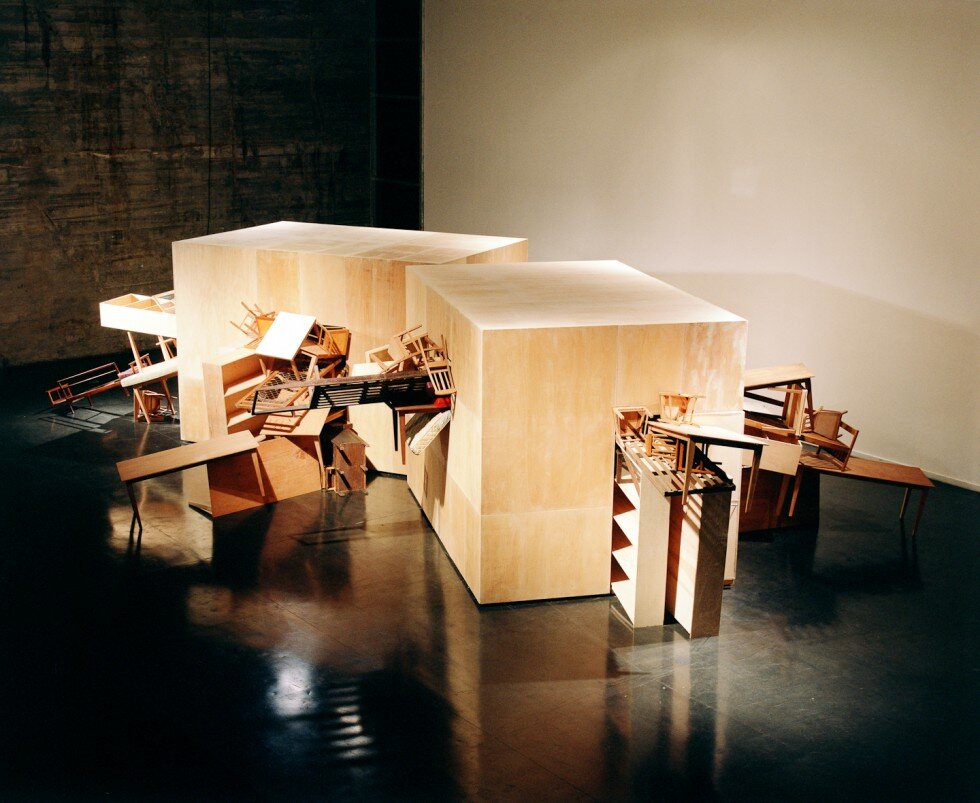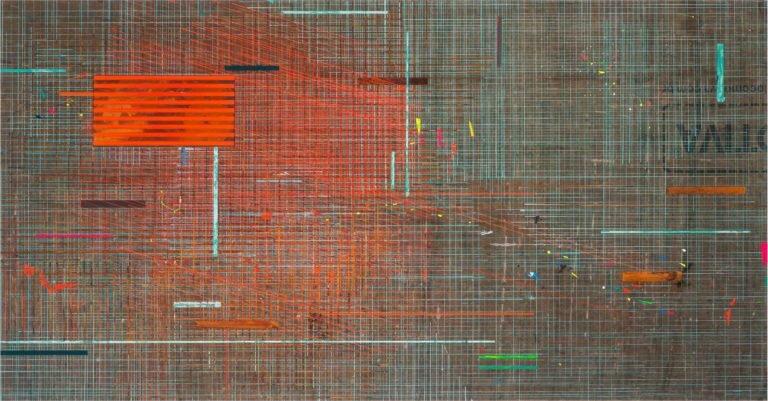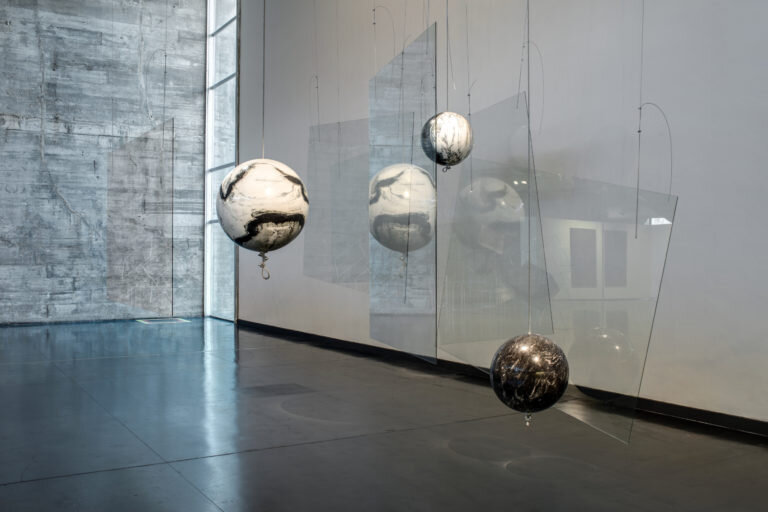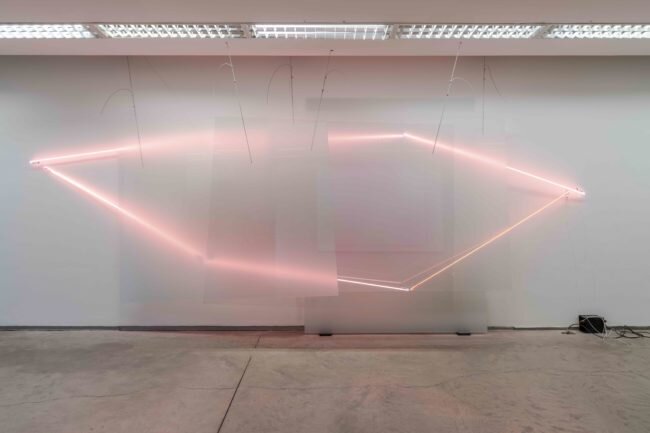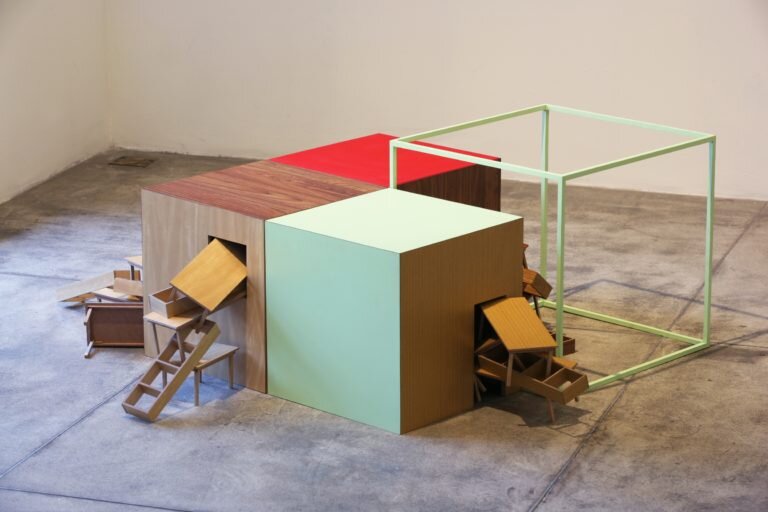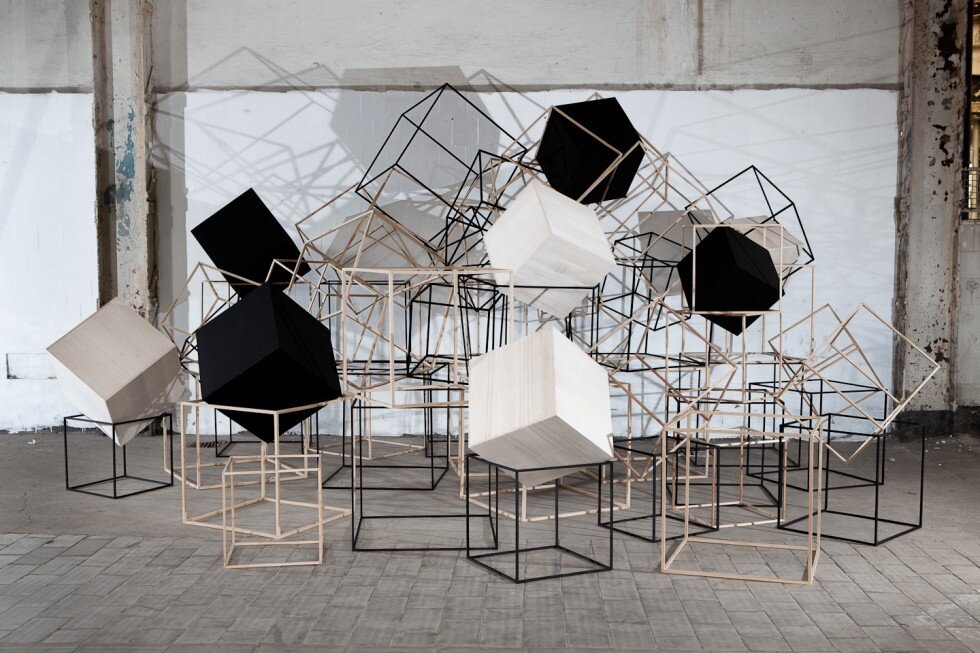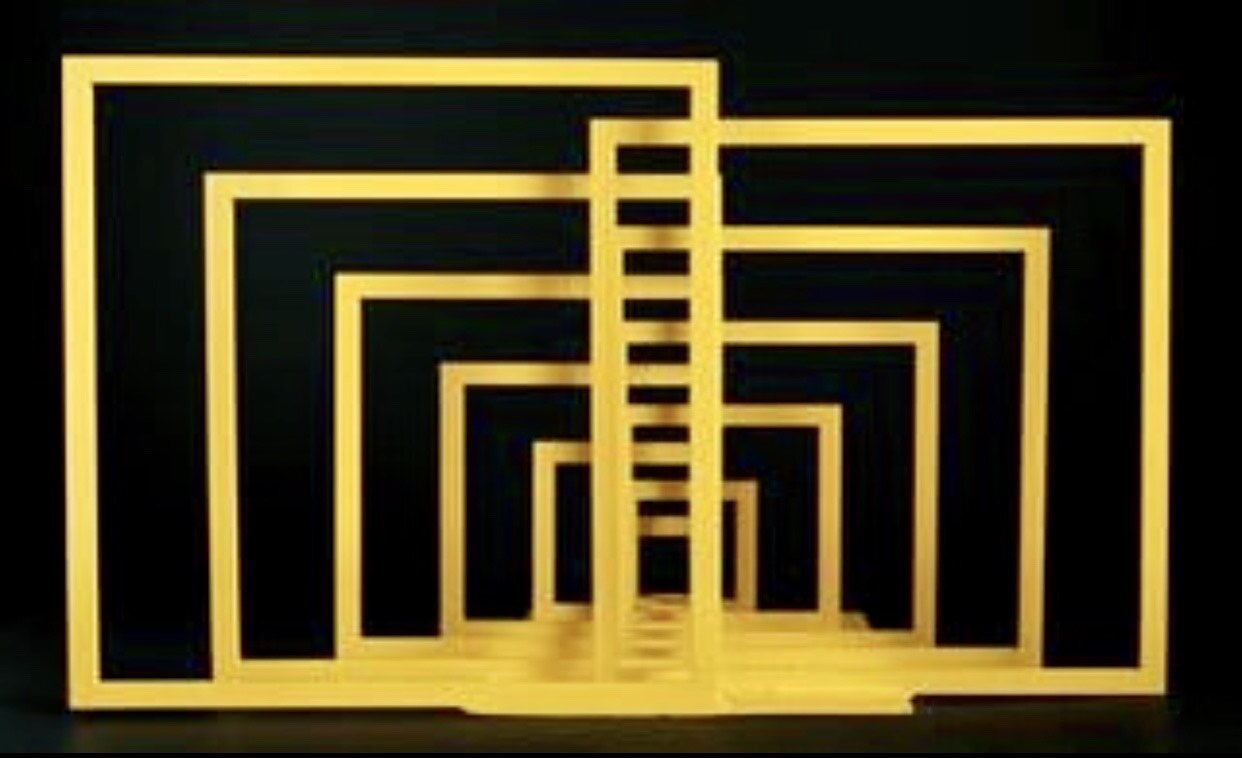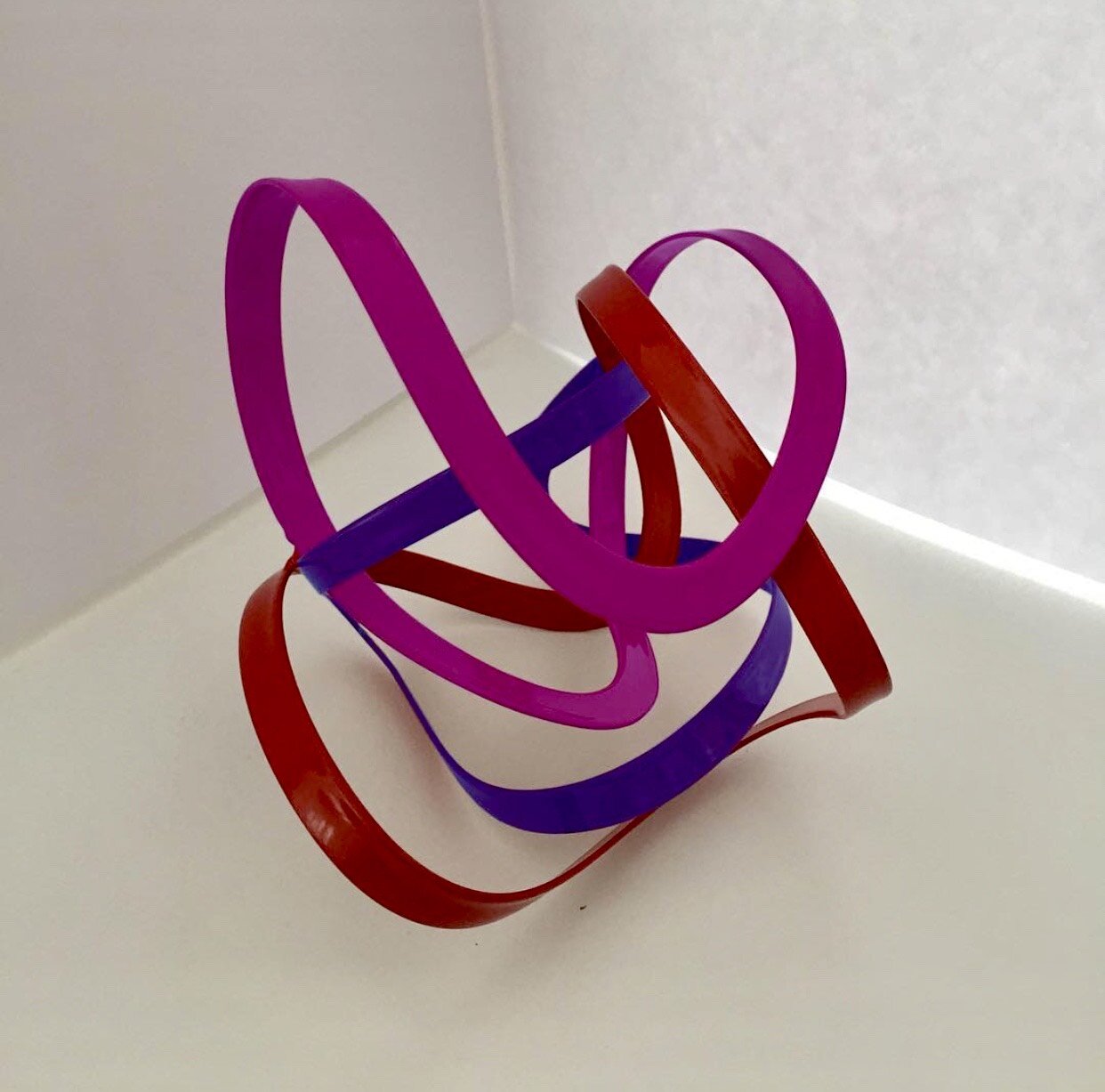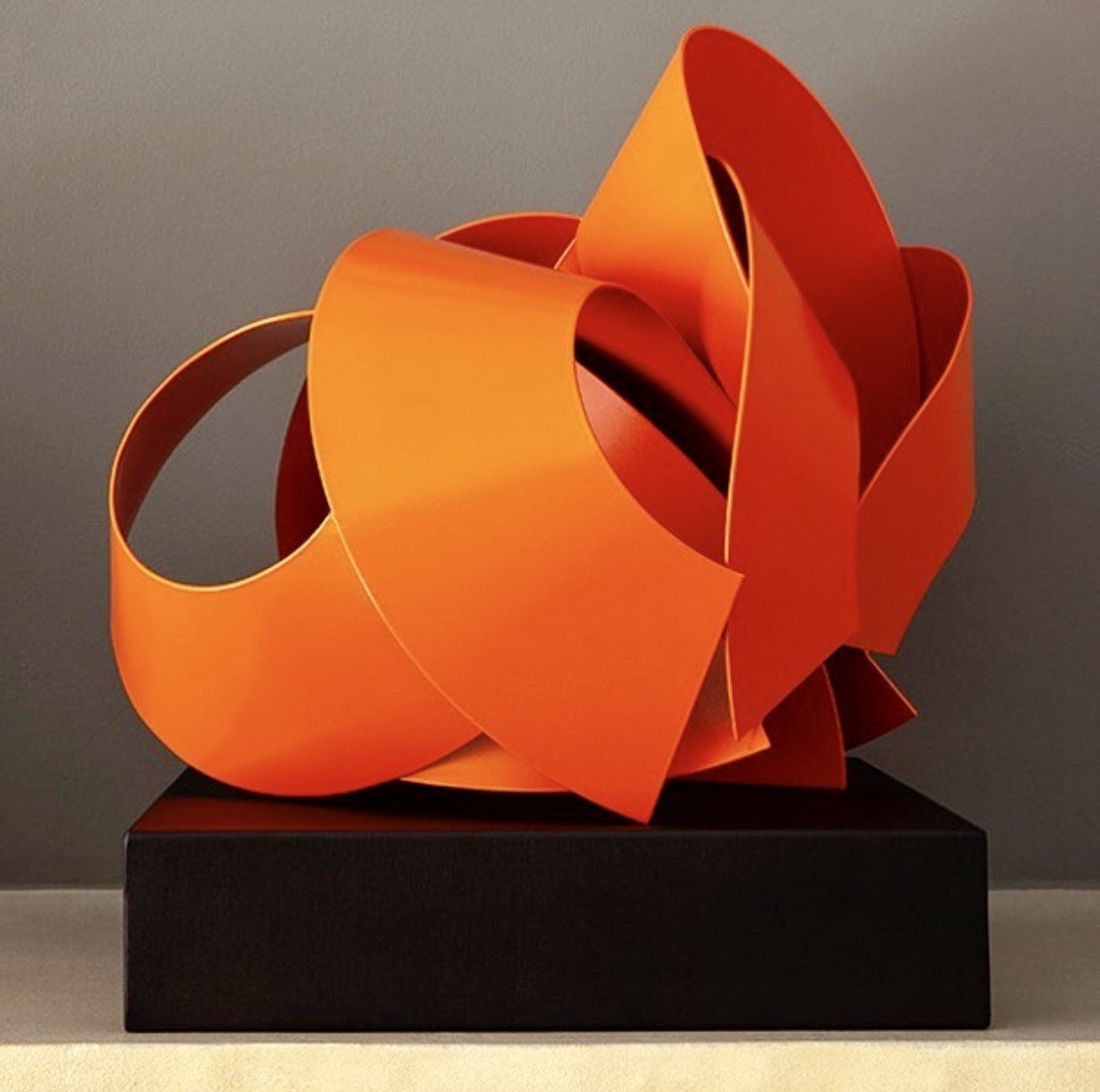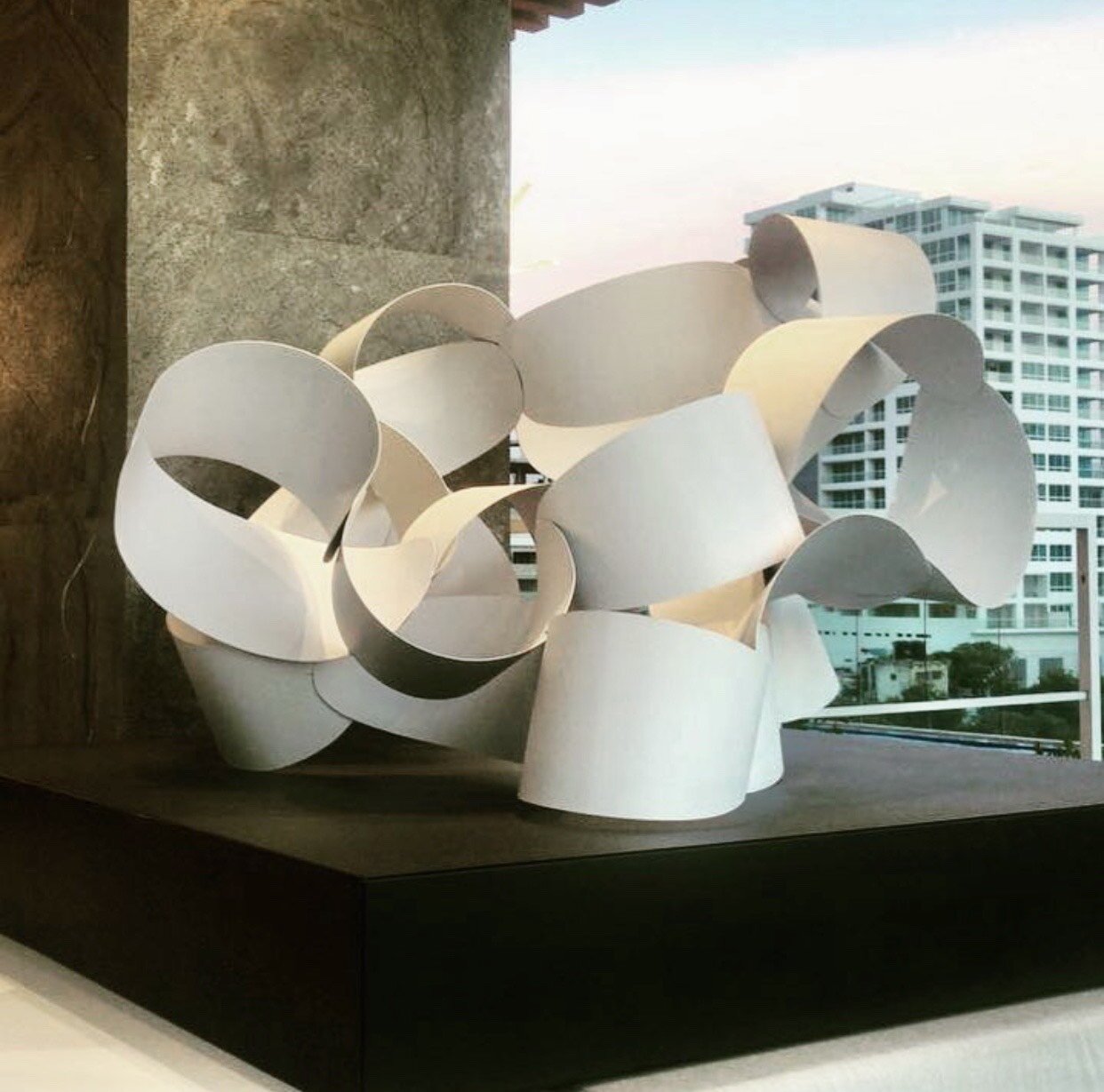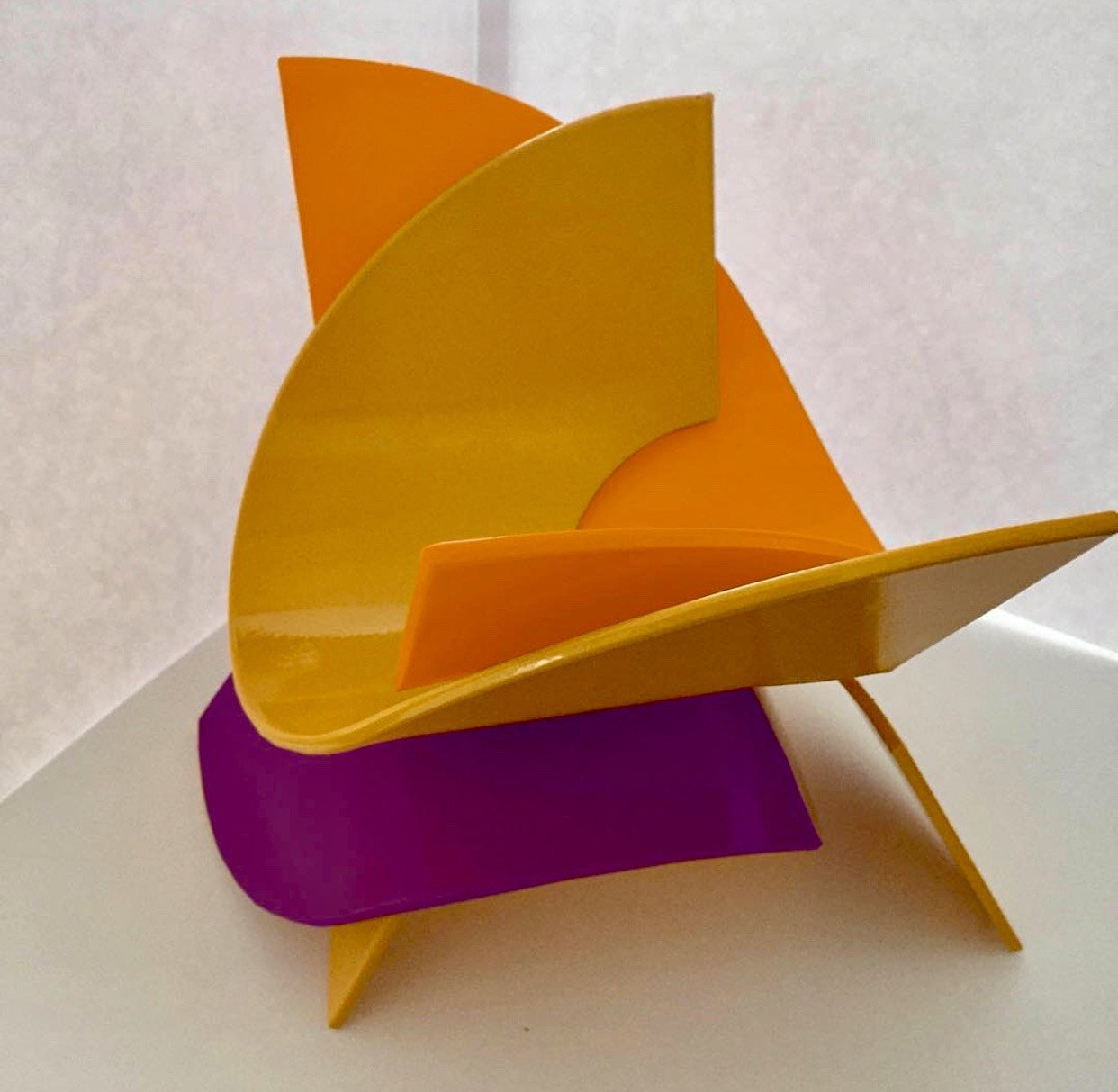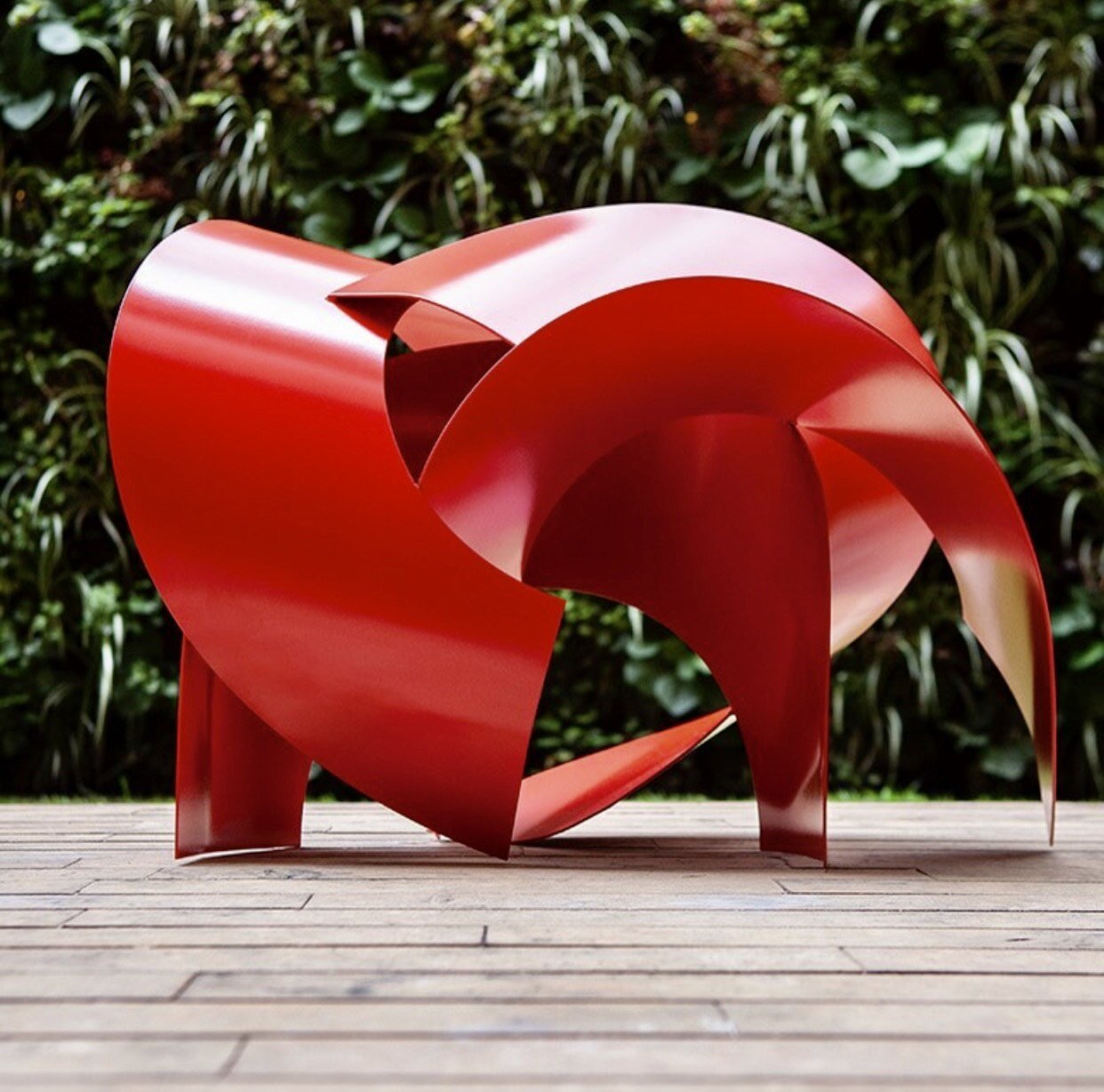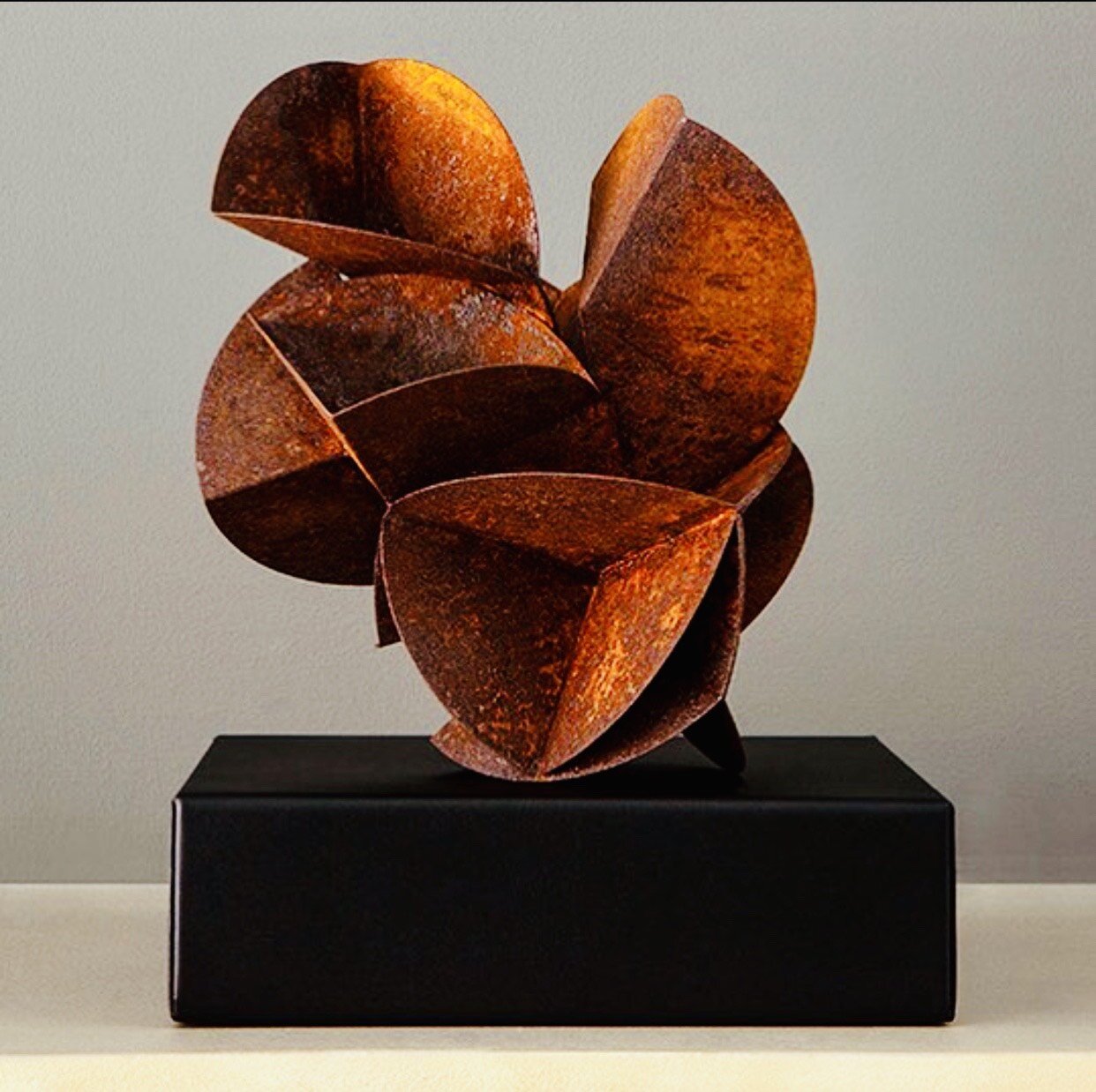Artist Meg Biram is an artist of many traits who is constantly observing, exploring ideas, and putting them into motion. The resourcefulness of her creative process engages her audiences in her abstract leaning pieces. That sense of transparency is rare in an artist, but it is also greatly appreciated by those who follow her work.
She explains, “My brain never stops. I'm constantly getting ideas. I have notebooks and sketchbooks filled with ideas and also type them into the Notes app on my phone. I will even sketch stuff on my phone in the middle of the night and find it in the morning. I've learned that any spark of an idea, no matter how small, write it up, sketch it in the moment. You will forget if you don't. You might not execute it immediately, but the day you have a creative block you have so much to go through for inspiration.”
Aesthetic
There is playfulness and lightness in Biram’s work, which allows for an ease in connectivity with the viewer. Biram’s work exudes versatility, having experience in a variety of mediums from painting on canvas, murals, to creating stylish Christmas ornaments, and modernly ornate acrylic trays. In her paintings, Biram is great at portraying polarities in a contained manner, where opposite hues become part of the narrative just as much as the background.
She is skilled at drawing your eye to the entirety of the piece. The repetition of patterns and lines are done in an endless way so that there’s no beginning or end per say. Biram states, “I like texture. It's not always included but it often is. I also love a little mystery. People ask me how in the world I made something, and I love that.” She applies texture and focus to all moving parts to allow for flow and motion. This technique makes patterns hold that collective feeling of belonging together, but also existing separately within the whole. Each piece exists within the represented collective space.
Deeper Thoughts
The soft tones interlocked with stronger ones show how each piece has moving parts and how they work together in a neverending manner. It’s that sense of fragility as well that makes Biram’s work unique. “Concept and meaning is very important to me. If I connect with something or it's emotional to me, there's a good chance I'll paint it at some point,” she says. These pieces are also held together by the textures and the small nooks and turns you find in between, along with symmetry and a sense of organic perfection. You get a sense of that because the works feel like she’s doing them from the heart, even if they’re abstract. She is painting from within in an intuitive way to express what matters.
Conclusion
Biram’s vision has a sense of deep knowing. Like a connection she holds dear to who she is, what she has experienced, what is important to her, and how she conveys that in her work. She says, “I like to have a plan — for my business and for my work. I rarely just do pure expression painting, but sometimes do. I like to go into things with at least some idea of what I'm doing, it doesn't happen that way all the time but it makes me feel better.” We can see how this idea translates into her work with each movement on the canvas, mural, or ornament as having a deeper meaning, and that creates an important visual connection with her viewers.
All photos courtesy of the artist. For more on Meg Biram’s work, please visit her website.



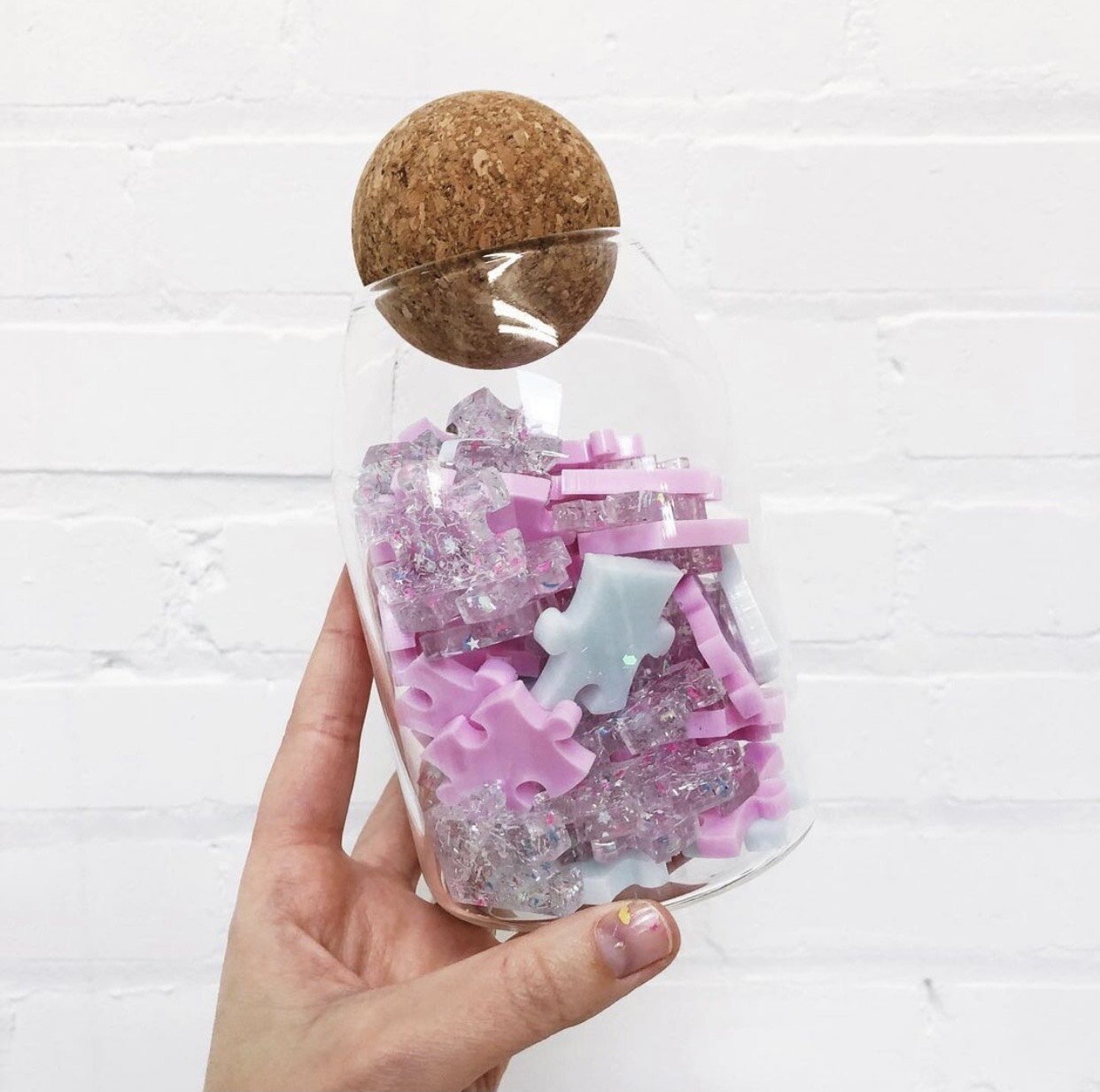
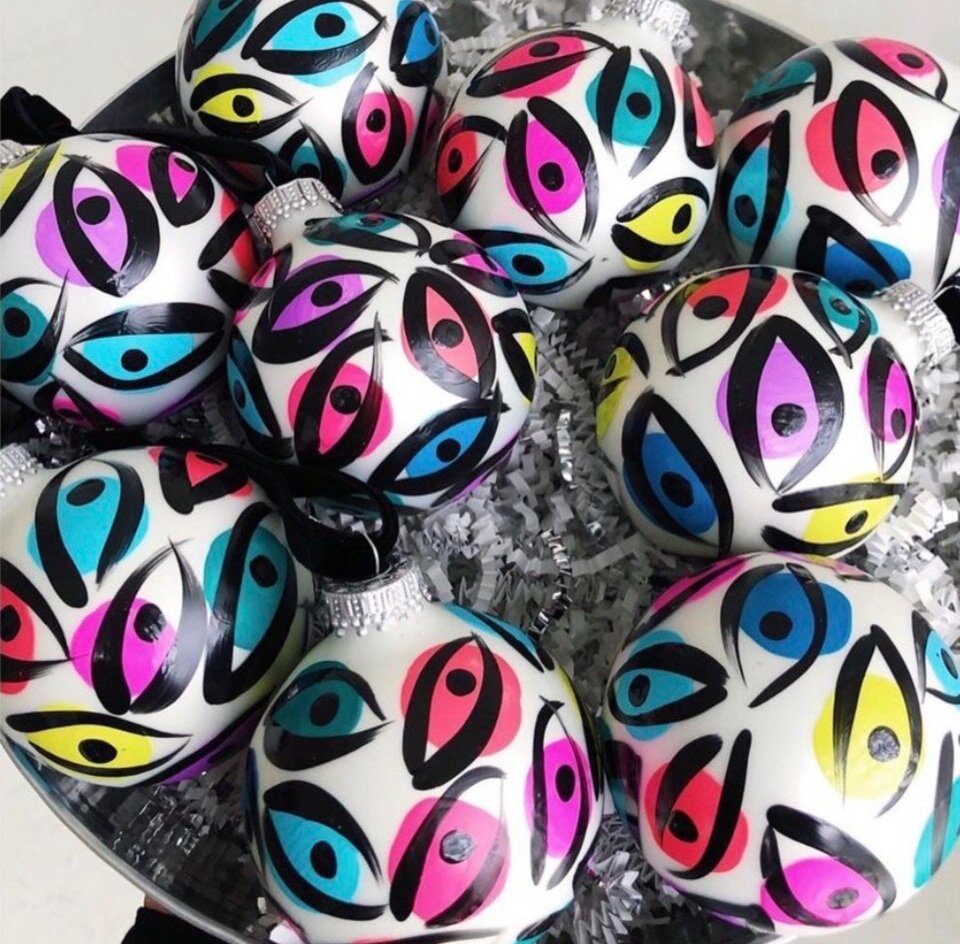

Today’s poem reflects the sensibility and form we see in Meg’s work:
It's all I have to bring to-day
It's all I have to bring to-day,
This, and my heart beside,
This, and my heart, and all the fields,
And all the meadows wide.
Be sure you count, should I forget, --
Someone the sum could tell, --
This, and my heart, and all the bees
Which in the clover dwell.








